
2 Winners Get Their New Cars
This week, we have seen 2 lucky winners take delivery of the classics they have won through Bridge Classic Cars Competitions. On Thursday, Molly, Nick,


This week, we have seen 2 lucky winners take delivery of the classics they have won through Bridge Classic Cars Competitions. On Thursday, Molly, Nick,
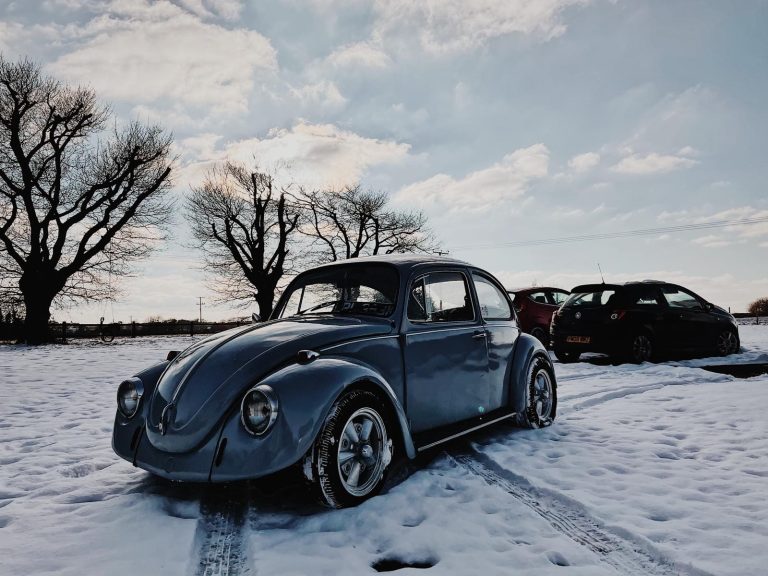
When it comes to classic car owners, most seem to fit into one of two camps – those who happily drive their classic in all

Over the next couple of weeks we’ll see lots of new classics arriving at our workshops, all believed to be in fantastic condition so we
This week, we have seen 2 lucky winners take delivery of the classics they have won through Bridge Classic Cars Competitions.
On Thursday, Molly, Nick, and Tony made the drive to Wolverhampton to drop off our 2006 Morgan 4/4 70th Anniversary to Emma. Despite Emma being the winning ticket holder, she wanted her dad to have the car and, as you can see from the photos, both seemed very happy with their win.
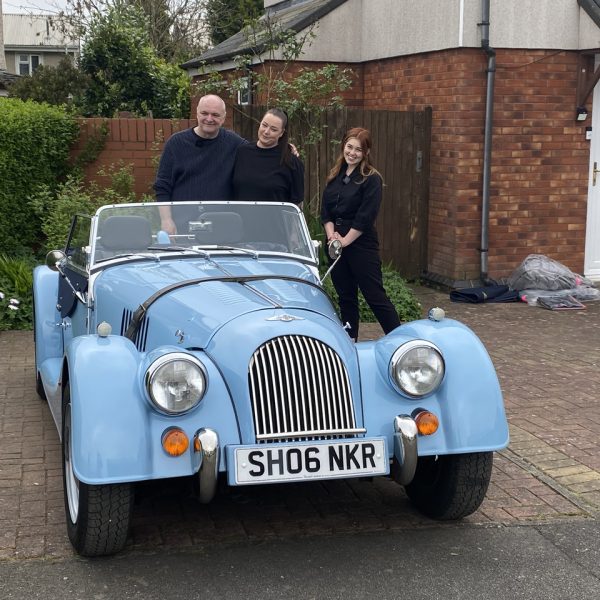
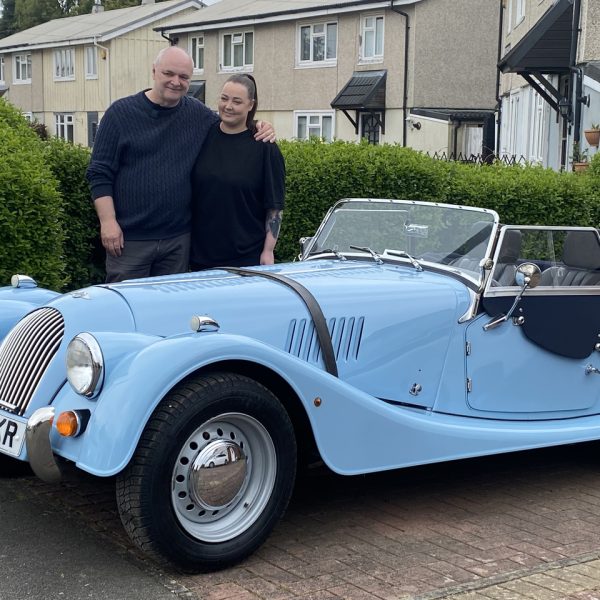

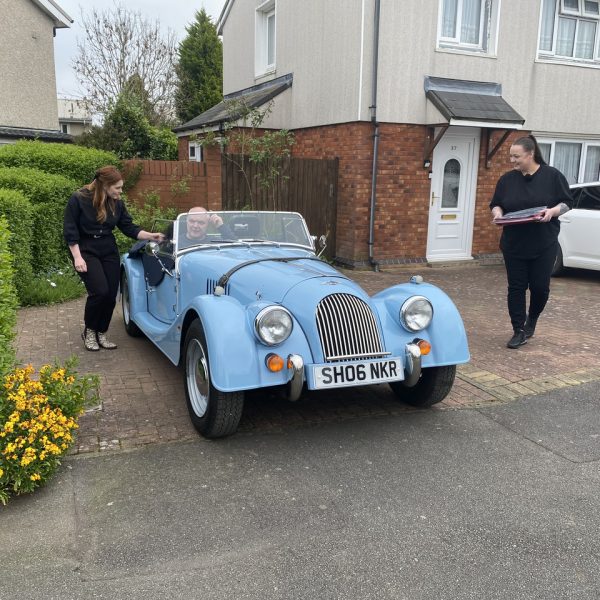
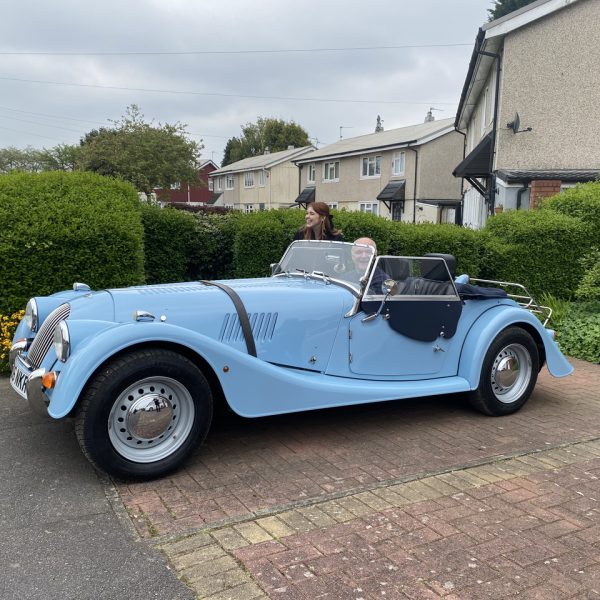
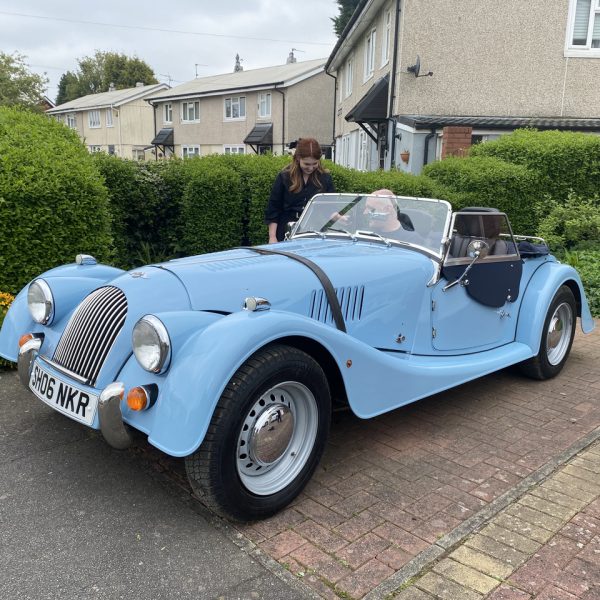
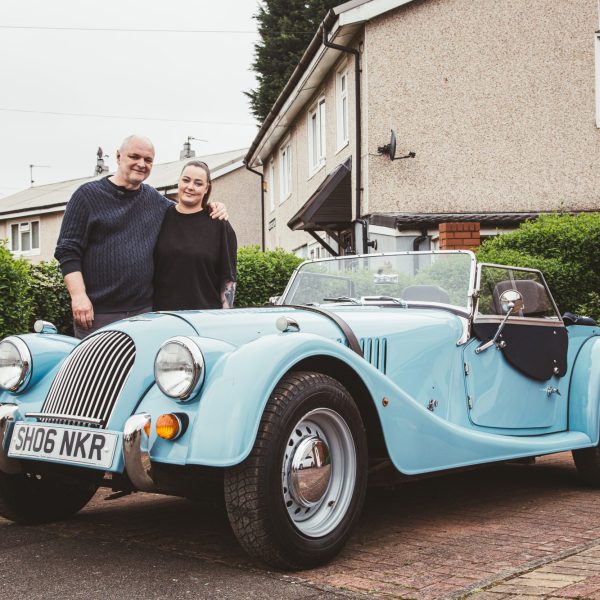

Then, today, we welcomed David and his friend Richard into the Bridge Classic Cars workshop. As David lives just a little bit down the road from us, he came to collect his 1988 Mercedes 300SL in person.
While he was here, Nick gave them a tour of the workshop, Gordon handed over the keys and David drove his new car home.
What a week!

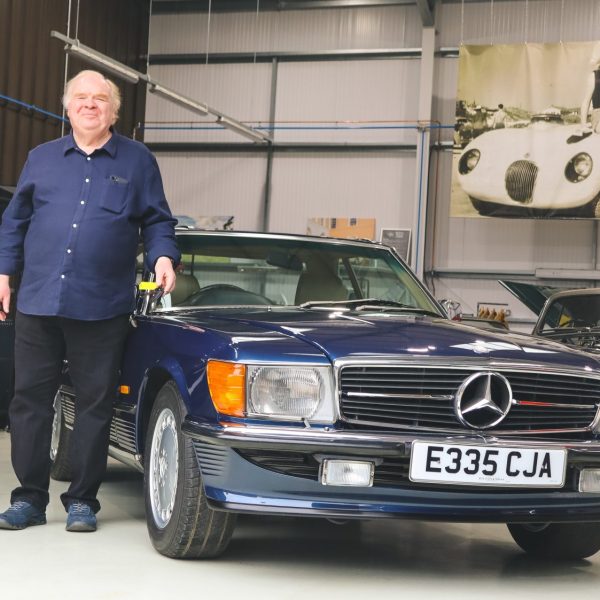
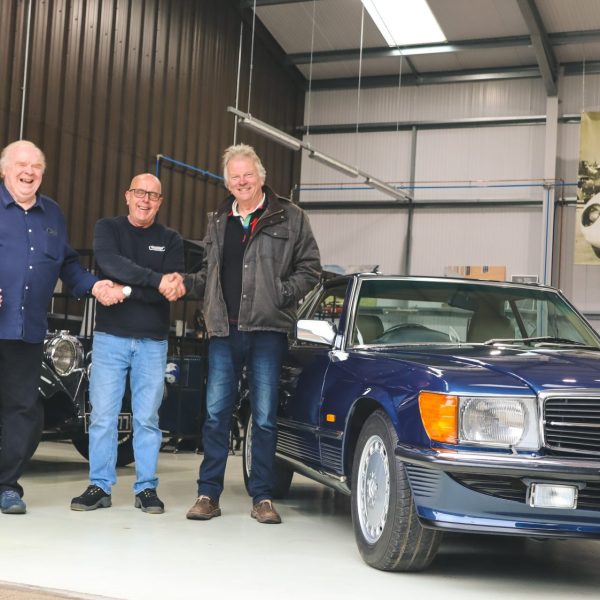
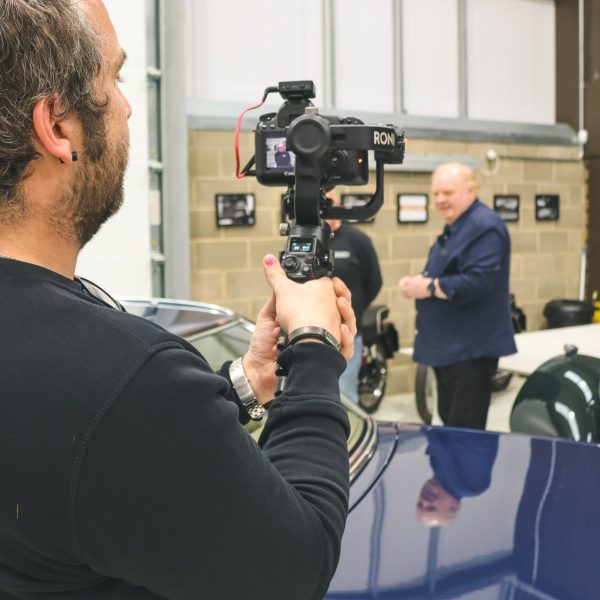

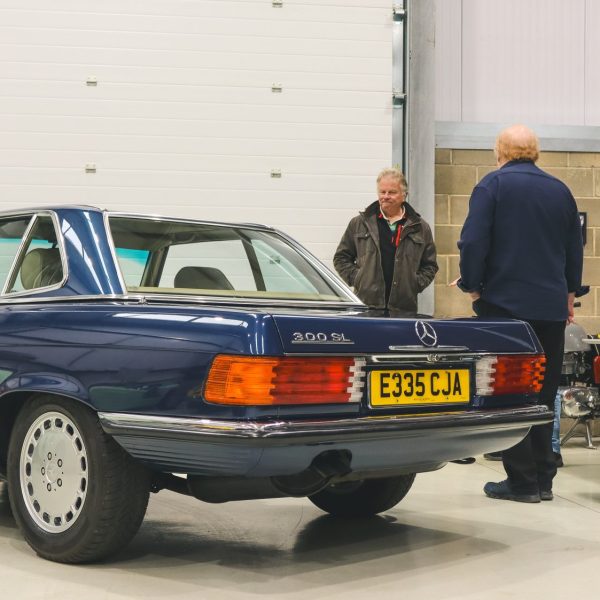

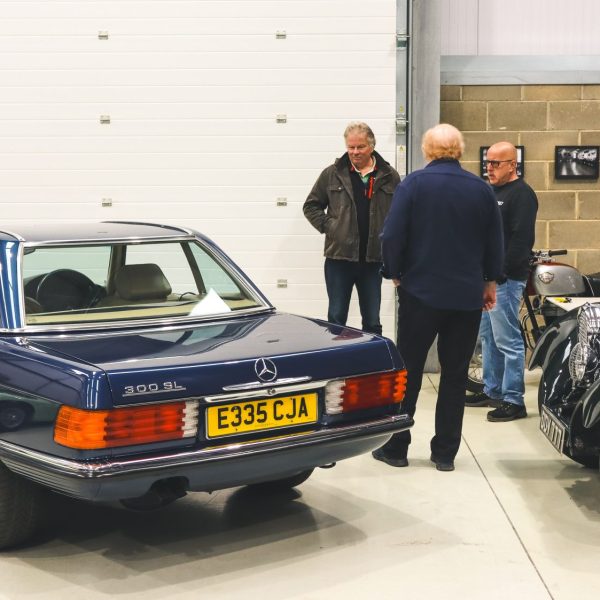
When it comes to classic car owners, most seem to fit into one of two camps – those who happily drive their classic in all weather conditions and those who keep their classic protected from the elements, only allowing them to make an appearance when the sun is out and there is no chance of rain.
Is one group definitively right though? Should classic cars be driven in all weather? Should classic cars only be driven in dry conditions? Is there an argument for both?
Those owners in the “all-weather camp” will argue that classic cars were built to withstand the elements, produced in an era when cars were tough, reliable, and meant to be driven.
For these drivers, classic cars are practical machines that were designed to be out on the road. They should be enjoyed and admired by all who see them and not locked away in a garage or a storage facility until the few weeks of dry weather come around.
As someone who drives my classic regularly, I think I fall into this category. However, I can see the argument from both sides. I have a 1955 MG Magnette ZA which is obviously a classic that would likely have been driven everyday at the time of its production.
While I completely understand that some classic (and some modern) cars are highly valuable and desirable that driving them in anything other than perfect conditions is detrimental to their value. That being said, these types of cars tend to be few and far between. Cars were made to be driven so, in my opinion at least, classics should be driven in all-weather conditions providing it is safe to do so.

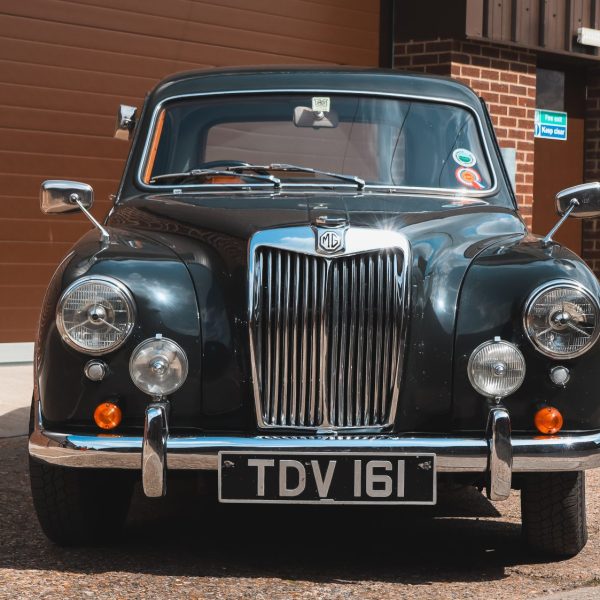


The “sunshine purists” insist that exposing classic cars to rain and snow is a big mistake, risking rust, corrosion, and irreversible damage.
These owners keep their classic cars pristine and sheltered, reserving their drives exclusively for sunny days. To them, classic cars are like works of art, deserving of meticulous care and protection rather than being built to be used. Driving them through rain or snow is viewed as reckless endangerment, inviting corrosion and decay to ruin their prized vehicle.
Some sunshine purists also think that modern weather conditions pose a far greater threat to classic cars than those of yesteryear. Rain, road salt, and pollution can wreak havoc on vintage paint jobs and delicate chrome trim, leading to irreversible damage. They emphasise the importance of preserving these vehicles for future generations, ensuring that they remain in perfect condition for years to come.
There’s no denying that driving classic cars in bad weather conditions increases the risk of accidents, with slick roads and reduced visibility amplifying the dangers. However, many classics have the capability to cope just fine on modern roads.
Craig Ranson, Managing Director of Bridge Classic Cars says:
“I was always of the opinion that you would only ever drive a classic in nice weather because I always thought of classics as the show cars but, I’m now at the point where I’d prefer an everyday classic from the 80s/90s that has been used and enjoyed, and then I would use that every day instead of a modern daily.”
Gordon Ranson, Director of Bridge Classic Cars says:
“I think classic cars can be driven in all weather conditions to keep them in tip-top condition but, as a classic car owner, the justification and the time spent afterwards cleaning the car, and if you want a show-winning car, it’s very difficult to say that driving in all weathers is the correct thing to do.”
Nick Skinner, Marketing Executive at Bridge Classic Cars says:
“I think it’s fine to drive classics all year round as long as there are proper maintenance and cleaning schedules for the car. It’s probably better to drive them so you don’t get dirt and debris sitting on the chassis”
Jonn Quantrill, Classic Car Technician at Bridge Classic Cars says:
“Cars were built to be used no matter what the weather. If you live in Britain and you’ve got a classic car, you should just use it. What do you think they did in the 60s and 70s and earlier?”
John Bilner, Workshop Manager at Bridge Classic Cars says:
“I’d drive my classic in any weather. It’s fun to drive in any weather and cars are made to be used and driven.”
Chris Jeffreys, Paintshop Manager at Bridge Classic Cars says:
“It should be fine to drive a classic car in any weather. Other than hail and stone chips, there’s not too much that would damage the paint. If the car is stored outside and doesn’t have time to dry, then rust and corrosion can play a part. Whether you drive a classic or a modern car, stone chips are always going to be a risk.”




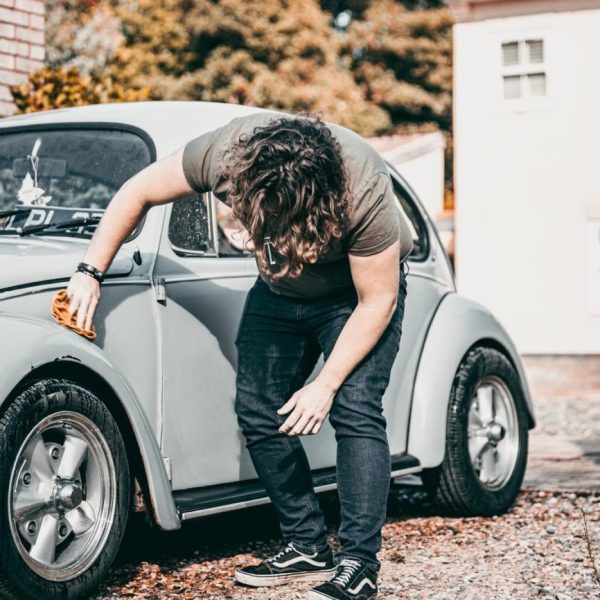
Rather than all classic car owners belonging to one camp or the other, maybe taking the middle ground is the best approach that respects both the practicality and purpose of these vintage vehicles and the need for their preservation.
One way of doing this is to limit driving in adverse weather conditions. In such cases, taking precautionary measures like applying rust-proof coatings and using protective car covers can help mitigate the risks of damage.
Additionally, regular maintenance and inspection are essential regardless of weather conditions. Classic car owners should invest time and resources into preserving their vehicles, keeping them in good condition for both sunny and rainy drives.
Ultimately, whether a classic car should be driven in all weather conditions or not is a matter of personal preference and practicality. What’s important is that these vehicles continue to create the nostalgia and passion that make them so desirable. Whatever you think, as long as you enjoy your classic, nothing else matters too much!
Over the next couple of weeks we’ll see lots of new classics arriving at our workshops, all believed to be in fantastic condition so we are not expecting to have to carry out much work on these…but I’m sure they’ll be something!
First up, we have a super impressive Fiat X1/9 Bertone. First registered in 1986 the car was once part of a very well known collection of classic cars. The Robert Furniss Riding collection was featured quite heavily in the national press after Robert sadly passed away leaving his collection to H&H classic auction for it to be sold off, with all proceeds going to the RNLI.
The entire collection made over £1.4 million.
Part of the collection was his 1986 Fiat X1/9 Bertone but instead of this being sold off in auction, it was gifted to his friend who has been looking after it ever since.
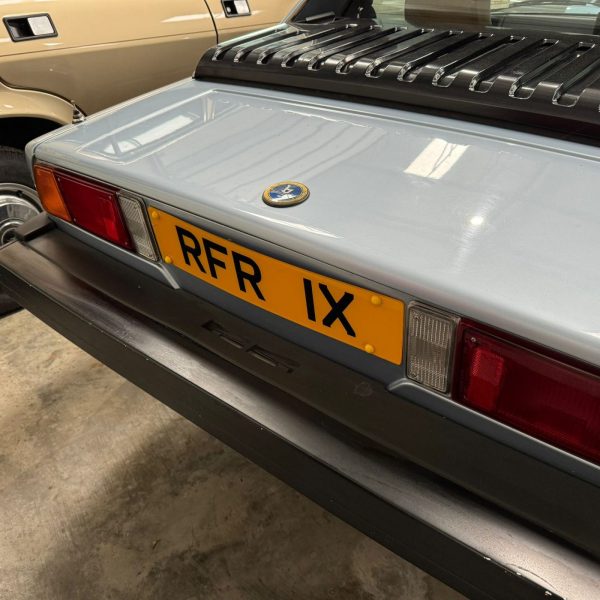
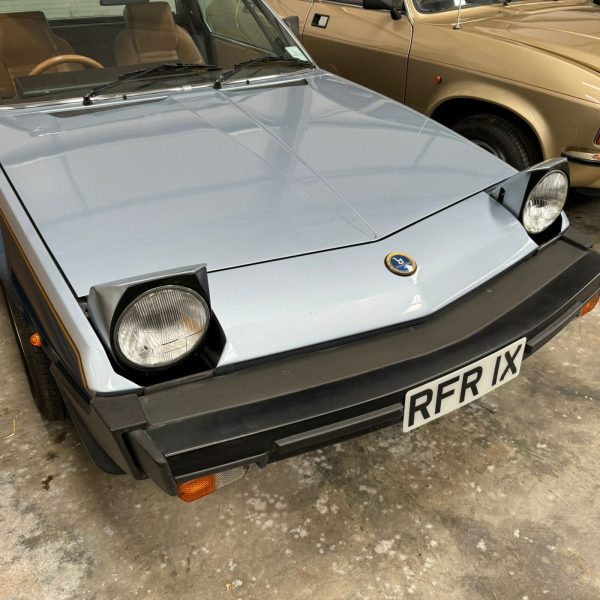

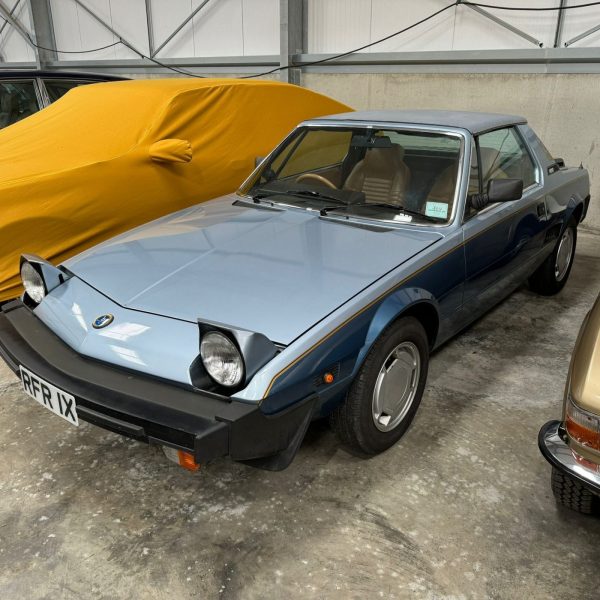
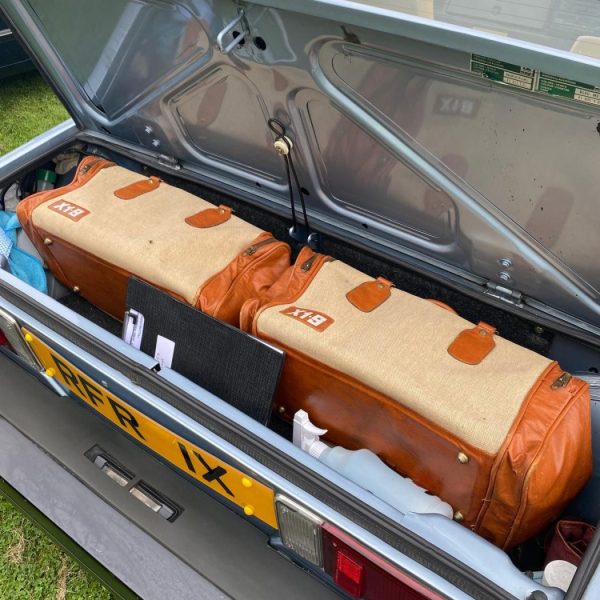


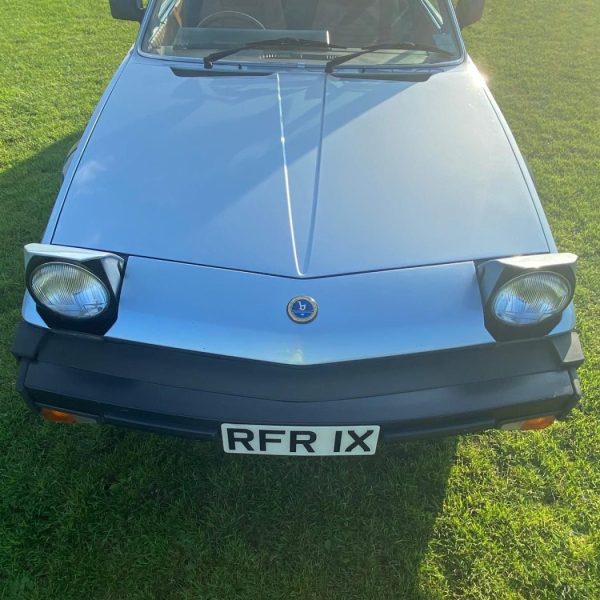
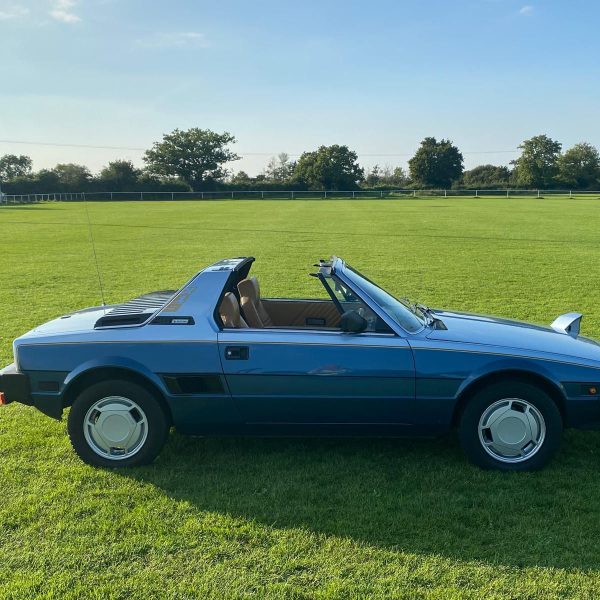
Believed to be the only Vanden Plas in this colour combination. We believe the car requires very little work but we will put it through the workshops to get her tip top and ready for competition.
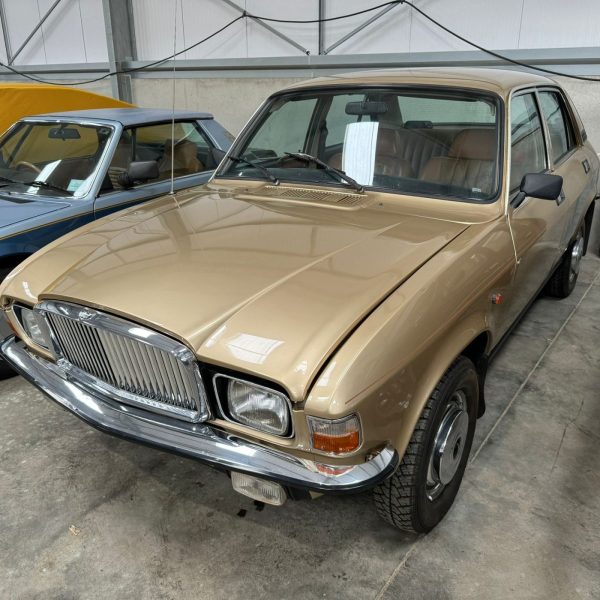

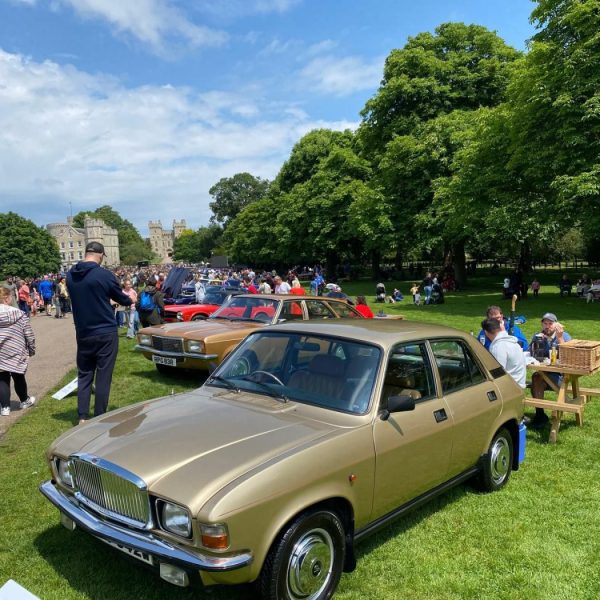
Finally, our beautifully restored 1972 MG B Roadster. This will most certainly be a popular one in our competitions. We all love an MG B Roadster and being so wonderfully presented, coming in to the summer, this will be a perfect competition prize.
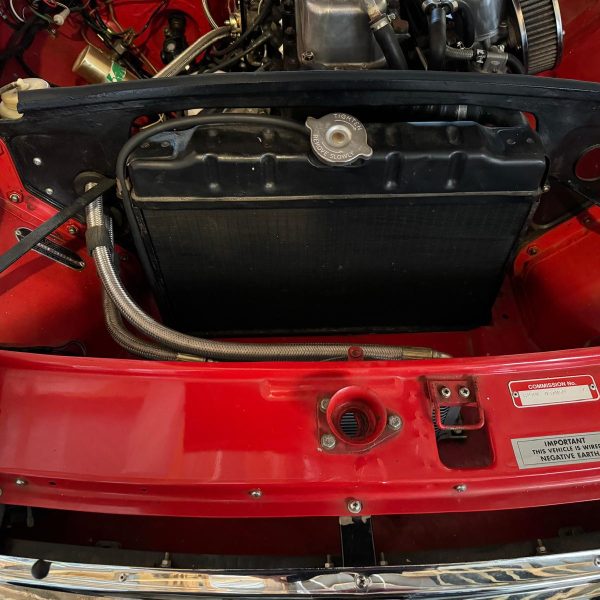
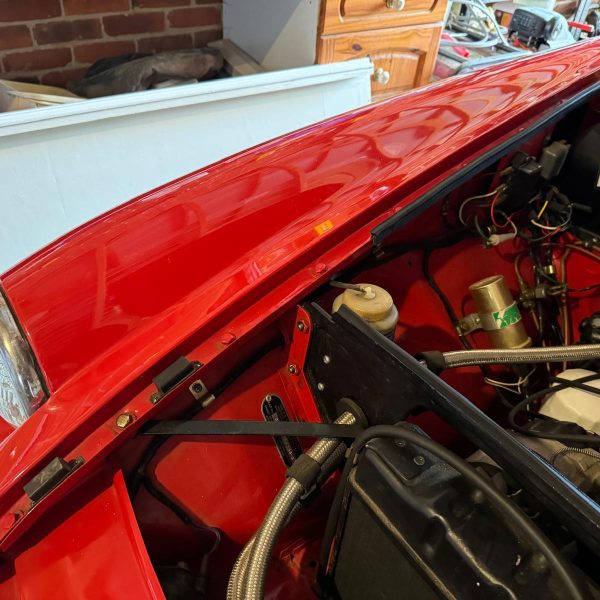
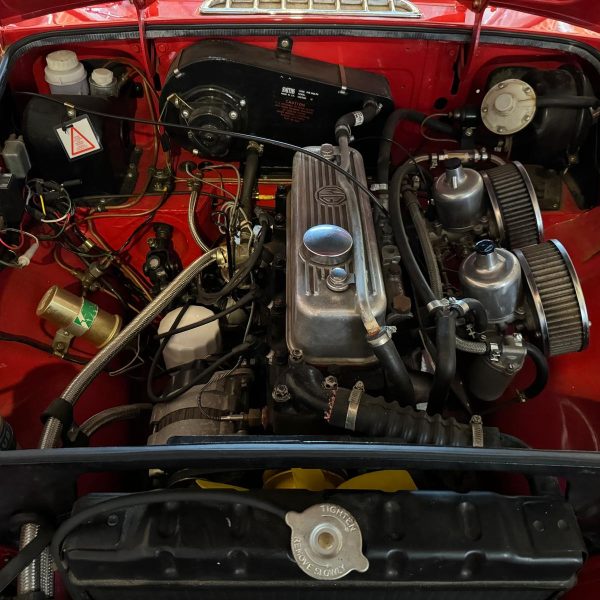

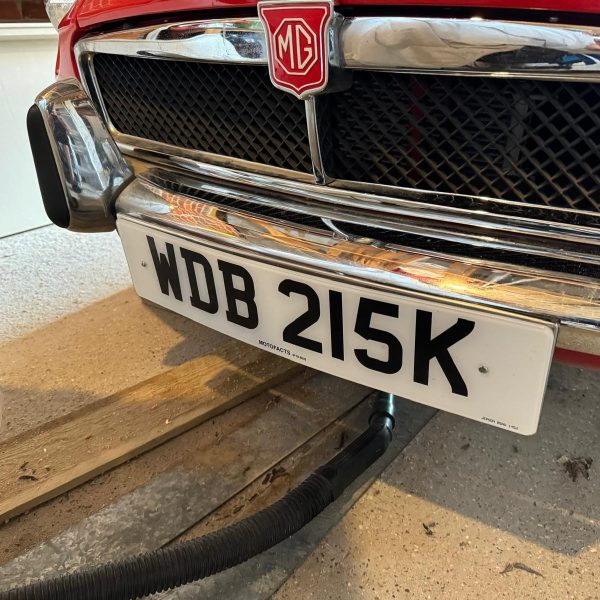

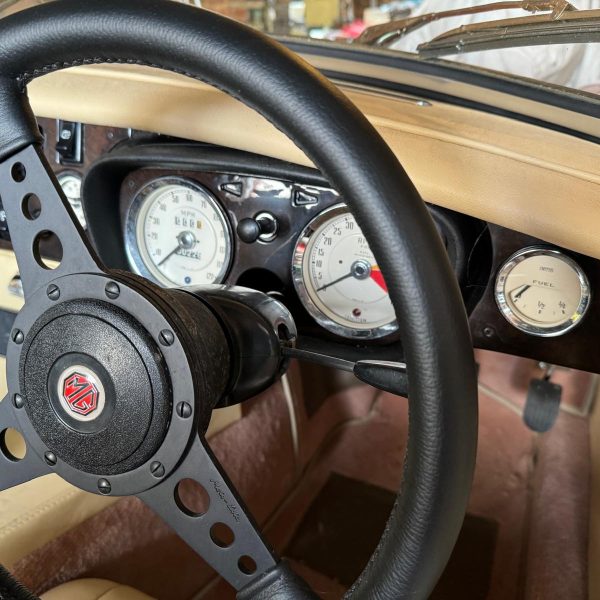
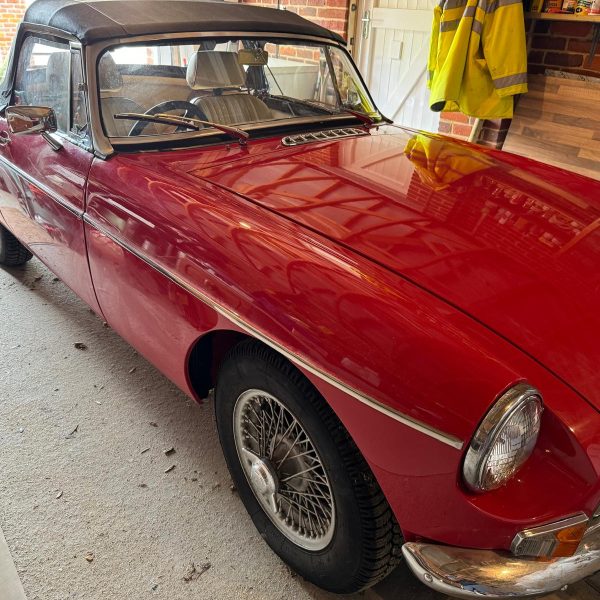
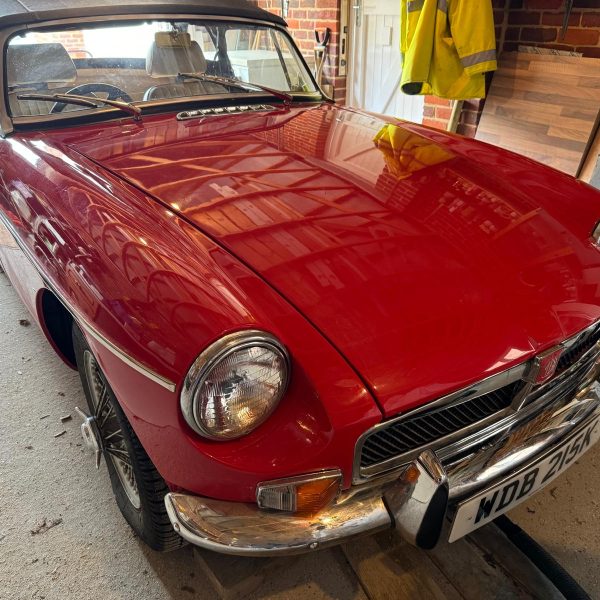
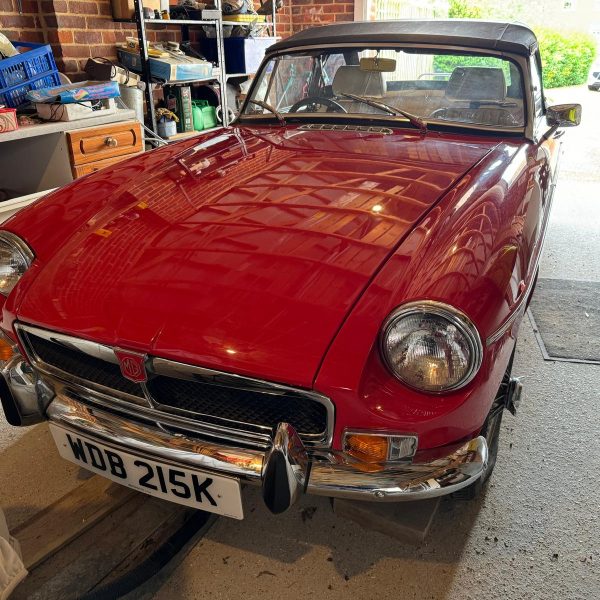


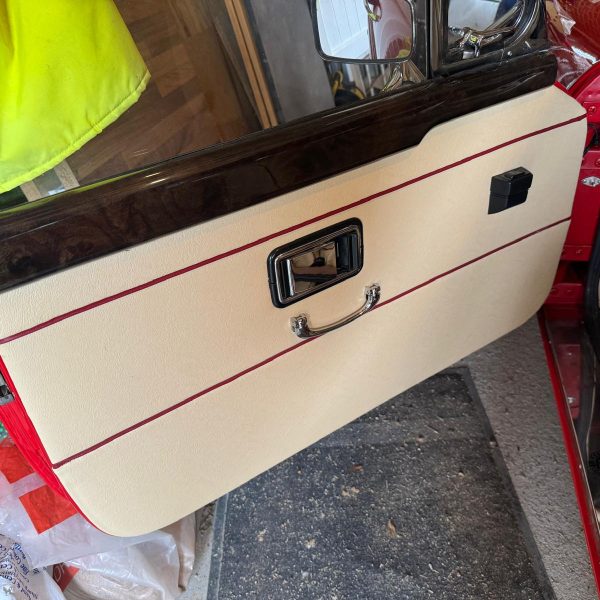



We use cookies to deliver the best possible experience whilst visiting our website. By clicking "Accept All", you consent to our use of cookies, or you can manage your preferences by clicking the link below. You can manage your preferences at any time from out Cookie Policy page.
Leave a Reply